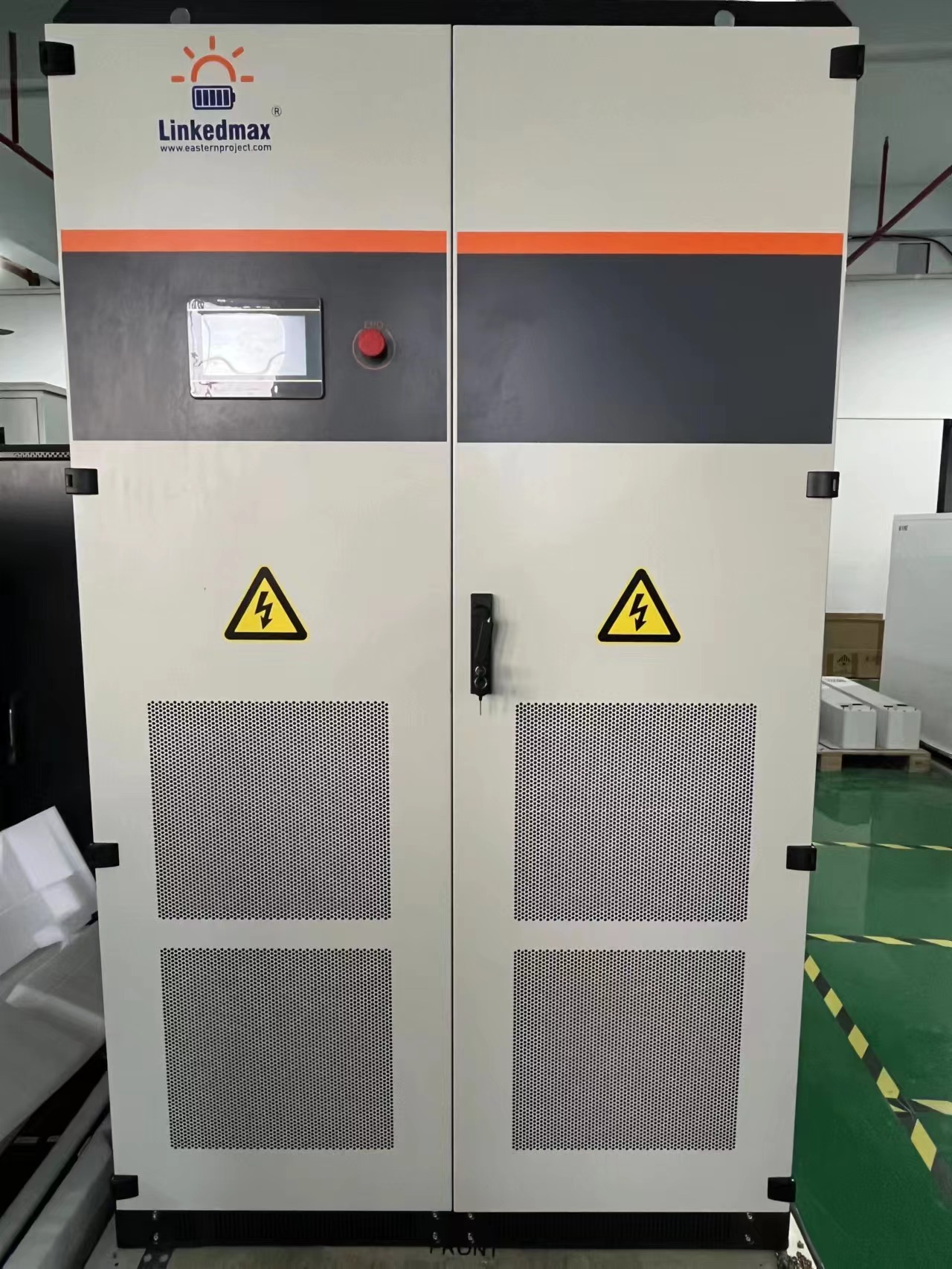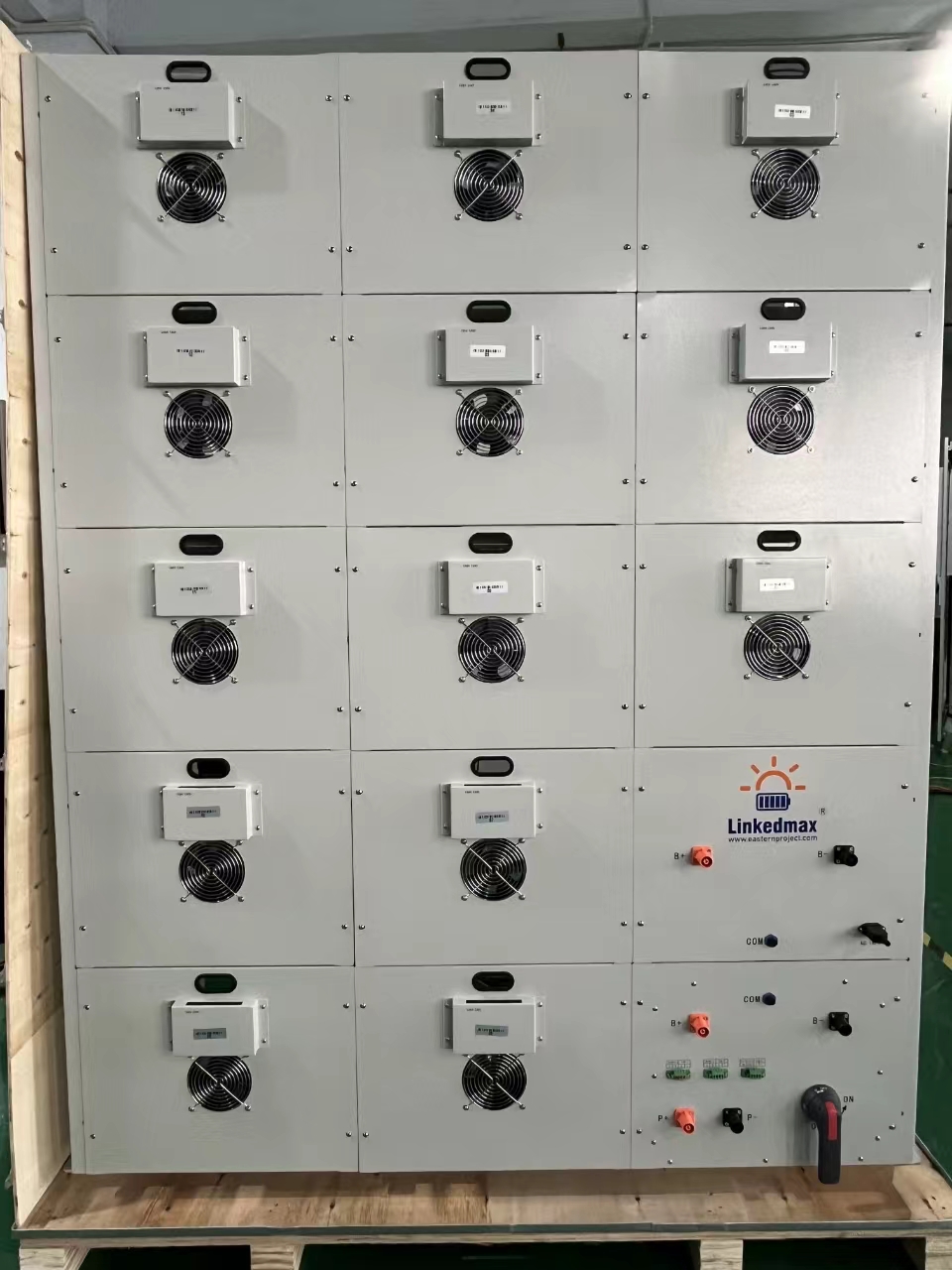250KW&200KWH Hybrid ESS

A 200 kW LiFePO4 power station is a significant and robust energy storage system, typically used for large-scale applications such as commercial and industrial backup power, grid support, or renewable energy integration. Here are some detailed aspects of such a power station:
Key Components:
LiFePO4 Battery Modules: Multiple high-capacity battery cells arranged in series and parallel configurations to achieve the desired voltage and capacity.
Battery Management System (BMS): Ensures safe operation, monitors the health of the battery, and balances the charge across cells.
Inverter/Charger: Converts DC power from the batteries to AC power for use with standard electrical systems and vice versa for charging.
Cooling System: Manages the temperature of the battery modules to maintain optimal performance and longevity.
Control System: Monitors and manages the overall operation of the power station, often with remote monitoring capabilities.
Safety Features: Includes fire suppression, ventilation, and physical protection to ensure safe operation.
Applications:
Commercial and Industrial Backup Power: Provides reliable power during outages, ensuring continuity of operations.
Grid Support: Helps stabilize the grid by providing peak shaving, load shifting, and frequency regulation services.
Renewable Energy Integration: Stores excess energy generated from solar panels or wind turbines for use when production is low.
Microgrids: Powers isolated or remote communities and facilities, offering a reliable and autonomous energy source.
Electric Vehicle Charging Stations: Acts as a buffer to supply high-power charging without straining the local grid.
Advantages:
High Capacity and Power Output: Can handle large loads and provide substantial energy storage.
Scalability: Modular design allows for easy expansion to meet increasing energy needs.
Efficiency: High round-trip efficiency, meaning more of the stored energy is available for use.
Longevity: Long cycle life reduces the need for frequent replacements, lowering the total cost of ownership.
Safety: LiFePO4 chemistry is stable and safe, reducing the risk of thermal runaway and fires.

Considerations:
Initial Cost: Higher upfront cost compared to smaller systems or traditional lead-acid batteries.
Space Requirements: Large footprint needed for installation, including space for the batteries, inverters, and cooling systems.
Installation and Maintenance: Requires professional installation and periodic maintenance to ensure optimal performance.
Integration with Existing Systems: May need compatibility checks and adjustments to work seamlessly with existing electrical infrastructure.
Example Specifications:
Capacity: 200 kWh (energy) to 800 kWh or more, depending on the configuration.
Power Output: 200 kW continuous, with higher peak capacities for short durations.
Voltage Range: Typically 400-800V DC, converted to standard AC voltages (e.g., 240V, 480V).
Cycle Life: 3000-5000 cycles at 80% depth of discharge.
Efficiency: 90-95% round-trip efficiency.

